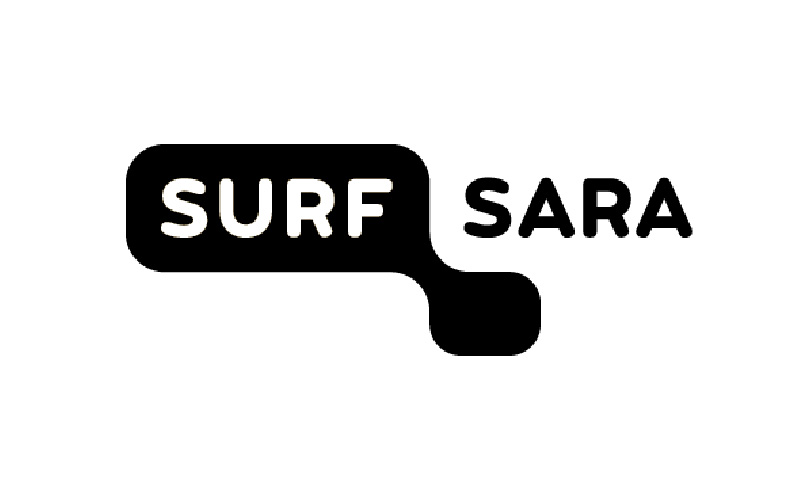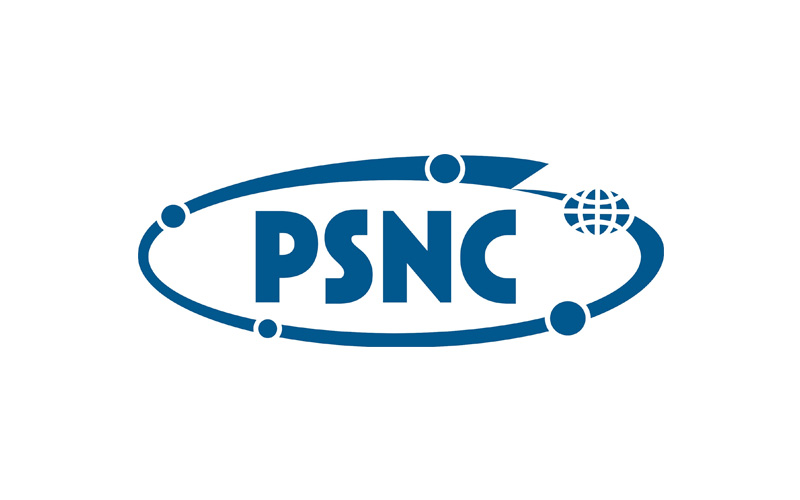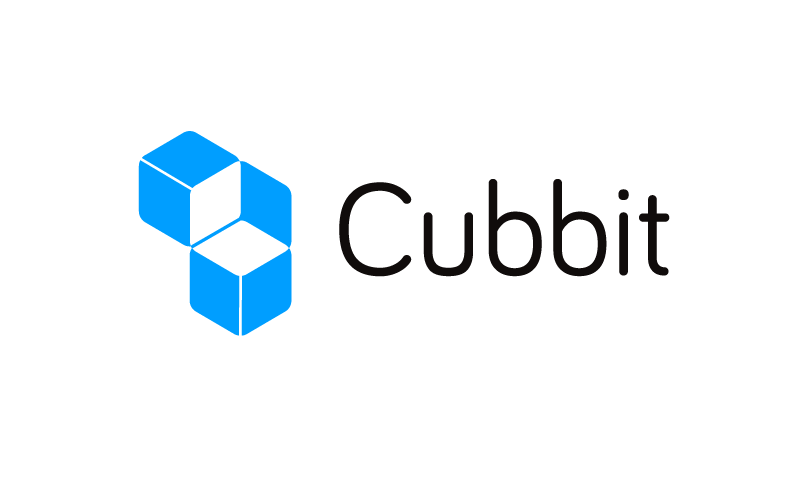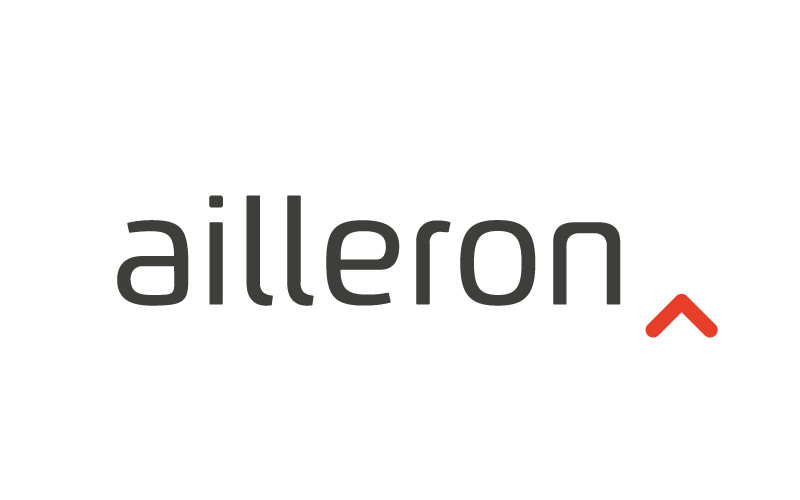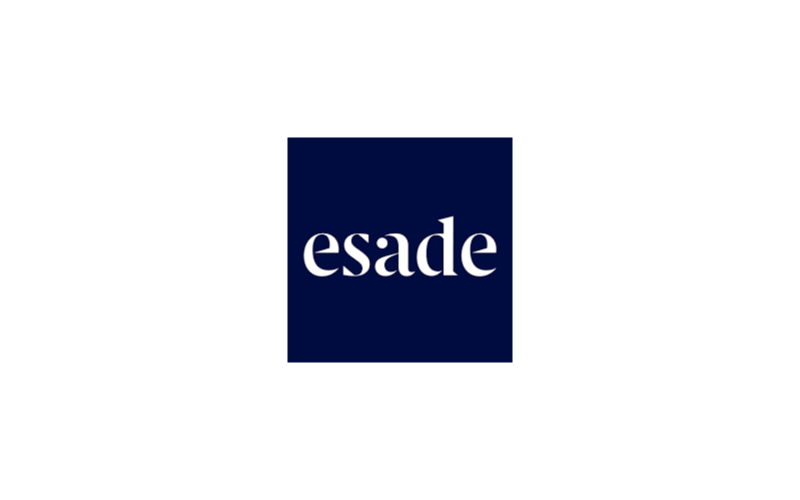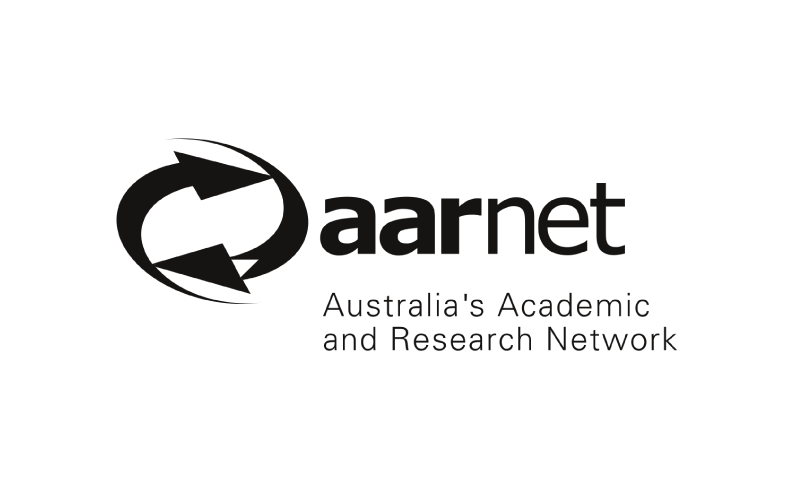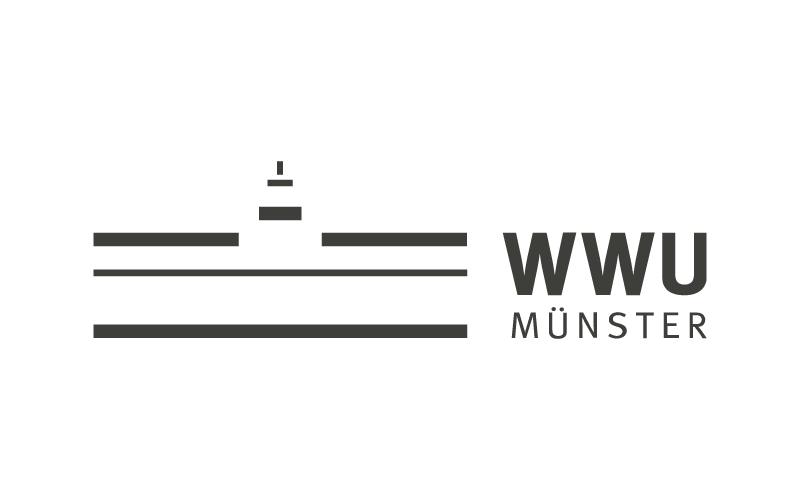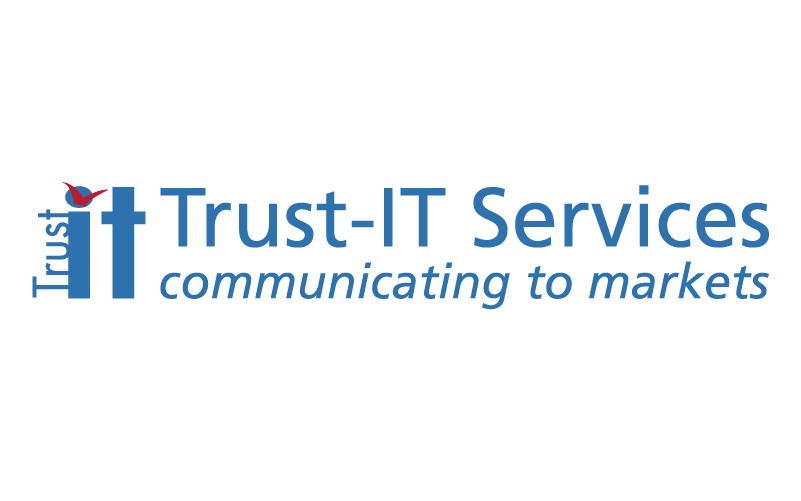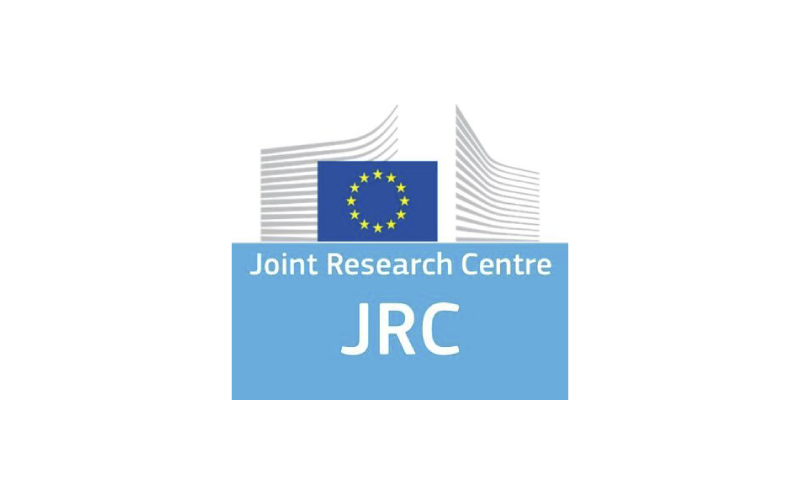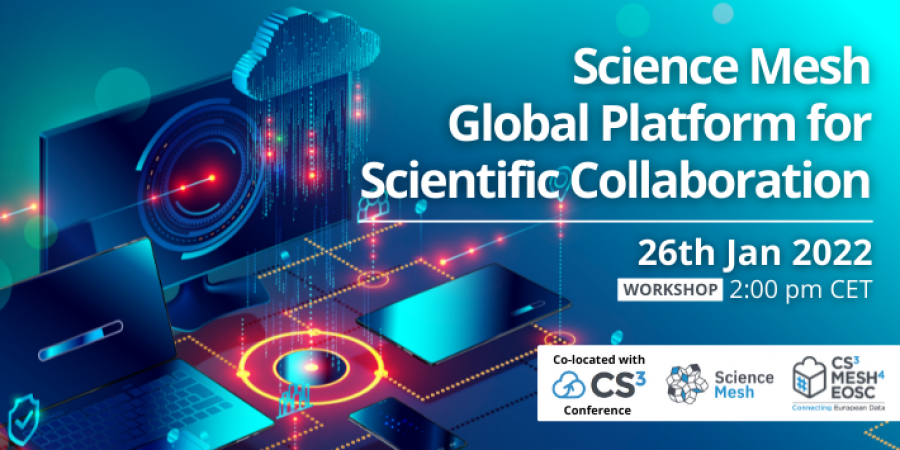
- 21 March 2022
Science Mesh workshop - Dialogue with early adopters and potential vendors for a Global Platform for data Collaboration
On 26th January 2022, the CS3MESH4EOSC project organised the second edition of the Science Mesh Workshop, which was co-located at the CS3 Conference 2022. Entitled as the “Science Mesh - Global Platform for Collaboration", it had as the main goal engagement with early adopters and potential vendors who will contribute to the final development, deployment and adoption of the Science Mesh, an interoperable platform to easily sync & share, and deploy applications and software components.
The workshop brought together researchers, software developers, service providers and all those interested in making the friction-free collaboration in Europe a reality, where users can access an interoperable federation of data, to easily sync, share and deploy applications and software. The workshop was as informative and collaborative as the previous editions, paying special attention to the latest developments of the Science Mesh. Furthermore, it also focused on how the tool can support the European Strategy Forum on Research Infrastructures (ESFRI) clusters and their research communities in overcoming data challenges, while contributing to the European Open Science Cloud (EOSC).
A Federated Science Cloud Mesh – The Science Mesh
The first half of the workshop was dedicated to providing updates and outlooks for the next months on the integration of the three Enterprise File Sync & Share (EFSS) platforms involved in the Science Mesh: Nextcloud, ownCloud and Seafile. These EFSSs allow different users to cross-authenticate across organisations into the Science Mesh (see Nextcloud, Seafile and ownCloud presentations). Regarding the Science Mesh technical foundation, which ensures the interoperability of applications, updates were also provided on the advancements in the integration of Open Cloud Mesh (OCM), CS3APIS and REVA into the mesh (see presentation).
An overview of Science Mesh real use-cases was provided, demonstrating how Science Mesh data services are uniting European Data (see presentation) and providing real impact in distinct fields: Earth Observation (Observatoire to Sahara et du Sahel), Astronomy (LOFAR), Social Sciences (RiseSMA), High Energy Physics (CERN) and Humanities (PARADISEC).
Reframing adoption challenges in FAIR Data Infrastructures: Science Mesh as a source of research advantage
The workshop explored the role of digital infrastructures (DI) in the FAIR movement and what needs to be done to improve the adoption of DI by researchers. The paper “Reframing adoption challenges in FAIR Data Infrastructures: Science Mesh as a source of research advantage”, written by CS3MESH4EOSC partner ESADE, revealed that DIs allow researchers to collect and integrate data from disparate sources. However, this is not a synonym of transforming knowledge into new scientific insights and the Science Mesh can become an important tool in this matter. The Science Mesh can make it convenient for researchers to make their data FAIR by federating their existing cloud provider and attracting them through advanced functionalities such as frictionless sync and share, remote data analysis and collaborative application (see presentation).
How to Overcome data challenges in EOSC with the Science Mesh
The EOSC aims to provide European researchers, innovators, companies and citizens with a federated and open multi-disciplinary environment where they can publish, find and reuse data, tools and services for research, innovation and educational purposes. To better align the Science Mesh development with the EOSC’s architecture, the workshop included esteemed members of the EOSC Association to brainstorm how the work from the EOSC Task Forces (TF) can be brought together with the existing infrastructures and solutions developed by the CS3 Community.
The session was opened by Ignacio Blanquer, member of EOSC Association Board, who provided an overview about the EOSC Association’s structure and goals, as well as next year’s work plan to advance Open Science in Europe. His presentation was followed by interventions from the technical TFs EOSC Long-Term Data Preservation (see presentation) and EOSC Infrastructure for Quality Research Software (see presentation).
GET TO KNOW CS3MESH4EOSC PARTNERS’ MEMBERS SELECTED TO JOIN THE EOSC TFs
Scientific disciplines embracing a no border Research Environment with Science Mesh
It is essential that different European Initiatives join forces to unlock innovation in Open Science. Aiming to have an impactful role in this matter, the Science Mesh workshop brought together ESFRI clusters, from a broad spectrum of scientific disciplines, to understand the needs of their related infrastructures in terms of data synch and share. How can Science Mesh support them in addressing their challenges and develop/operate discipline-specific data analytics tools, while increasing the long-term sustainability of their services? This is what the CS3MESH4EOSC consortium aimed to find out.
Science Mesh is already working with ESCAPE (Astronomy and Particle Physics), where the Science Mesh is extending the capabilities of the of ESCAPE DIOS by integrating the data management system Rucio and the File Transfer Service (FTS) for data transfer/movement services (both technologies part of Science Mesh On-demand data transfer data service) (see presentation). Within SSHOC (Social Science and Humanities), the Science Mesh can have a role in supporting SSHOC repositories in early stages of data collection in the FAIR ecosystem and support the creation of FAIR Digital Objects (see presentation). PANOSC (Photon and Neutron) is open to exploring the use of Rclone (technology from Science Mesh On-demand data transfer data service) for the data archiving of its research infrastructures (see presentation).
From the environmental field, ENVRI-FAIR is interested in data access and sharing in distributed environments, as well on on-demand interoperable infrastructure (see presentation). Last but not least, EUDAT is interested in developing common approaches on interoperability, connecting computing and analysis capabilities, and federated AAI, amongst others (see presentation).
A “Mesh for Science” which emerges from the CS3 ecosystem
Science Mesh enables researchers, educators, data curators and analysts to retain control over their remote or domestic datasets while becoming FAIR compatible and integrated with EOSC at the same time. From Autumn 2022, future Science Mesh users will be able to directly access the services provided by Science Mesh from easy-to-use interfaces and discover the different functionalities.
Did you miss the workshop? You can now watch the recordings and the presentations.








